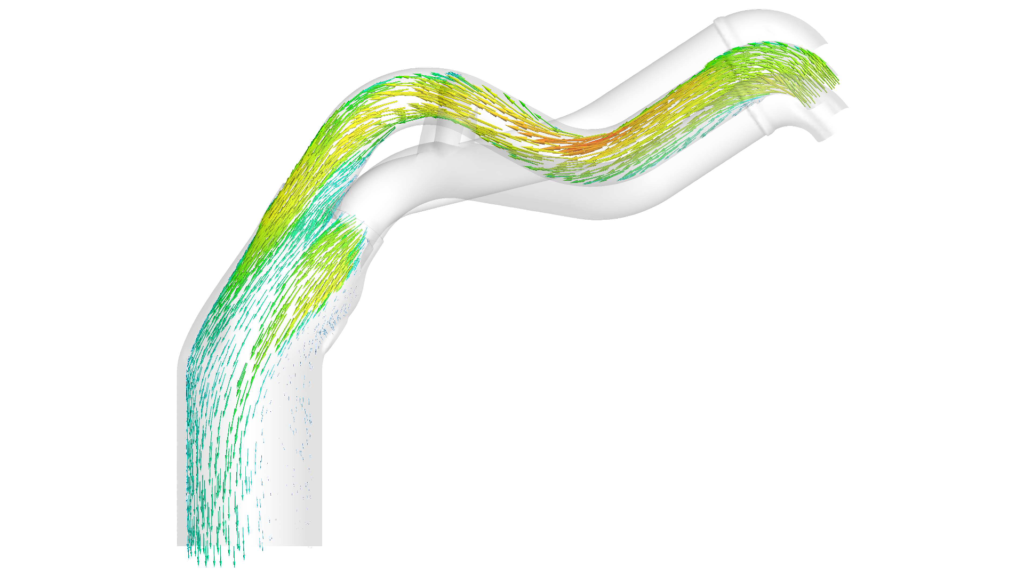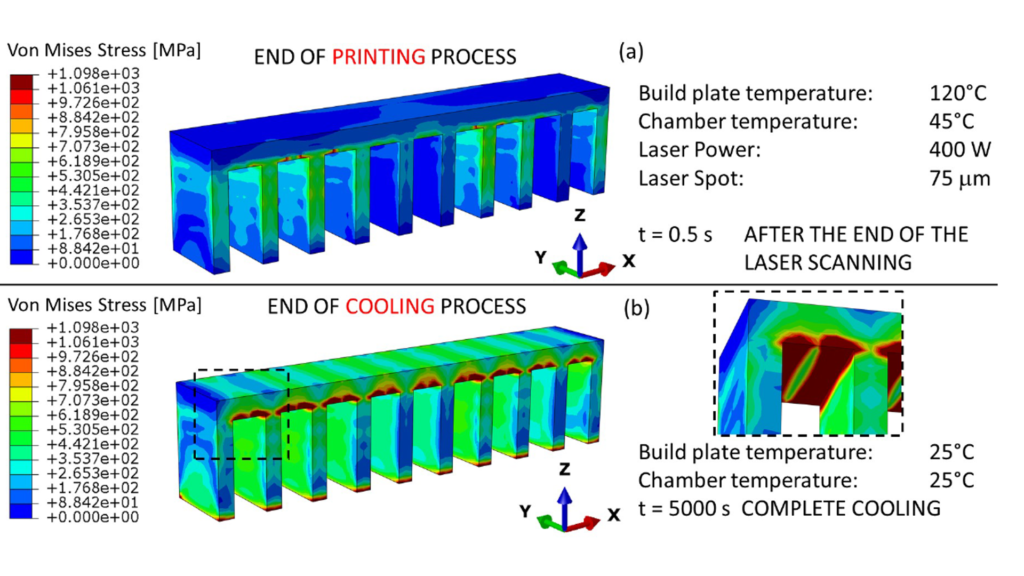May 16-20, 2022
Palazzo Vistarino, Pavia
The NL22 course has a very high scientific profile due to the expertise of the professors and to the discussed topics, ranging from classical basics to the most advanced state-of-the-art of linear and nonlinear computational mechanics.
Moreover, the course has a strong international character in terms of teaching body, including renown experts from the University of California at Berkeley and the University of Stuttgart, along with professors from academic institutions in Pavia.
Course Objectives
To provide engineers, graduate students, and researchers with a review of numerical techniques and solution algorithms for nonlinear mechanics. The course will introduce the current state-of-the-art in finite element modeling of nonlinear problems in solid and structural mechanics and will highlight the difficulties (and possible solutions) in a number of applications.
Different sources of nonlinear behavior will be examined in a systematic manner, with special attention to nonlinear constitutive behavior of materials, large deformations and rotations of structures, contact and instability problems with either material (localization) or geometric (buckling) nonlinearities, necessary to fully grasp structural design weaknesses.
The course will also provide insight on both advanced mathematical aspects and practical aspects of several computational techniques, such as the finite element method, isogeometric analysis, meshless techniques and virtual element methods.
Objective of the course is to provide the participants with a solid basis for computational tools and software use to achieve the optimal design, and/or to carry out a refined analysis of nonlinear behavior structures.
The course finally will provide a basis to account for multiphysics and multi-scale effects, likely to achieve a significant break-through in many industrial applications.
Tutorials and Course Material
Every day will end with an interactive session where to address simple problems to be solved on the spot and used as a basis for discussion. Students are strongly encouraged to bring their own laptops in order to run examples and participate actively to the tutorials. Depending on the topic, the tutorials will be based on the use of different softwares and held by one or more teachers. A special focus will be given to FEAP personal version (projects.ce.berkeley.edu/feap/feappv/) or simple “in-house” codes written in Matlab or Maple.
Electronic copies of lecture materials and survey papers, copies of Finite Element Analysis Program (FEAPpv) computer codes, written by Prof. R.L. Taylor at UC Berkeley, and the complete volume of notes will be available to all participants.





